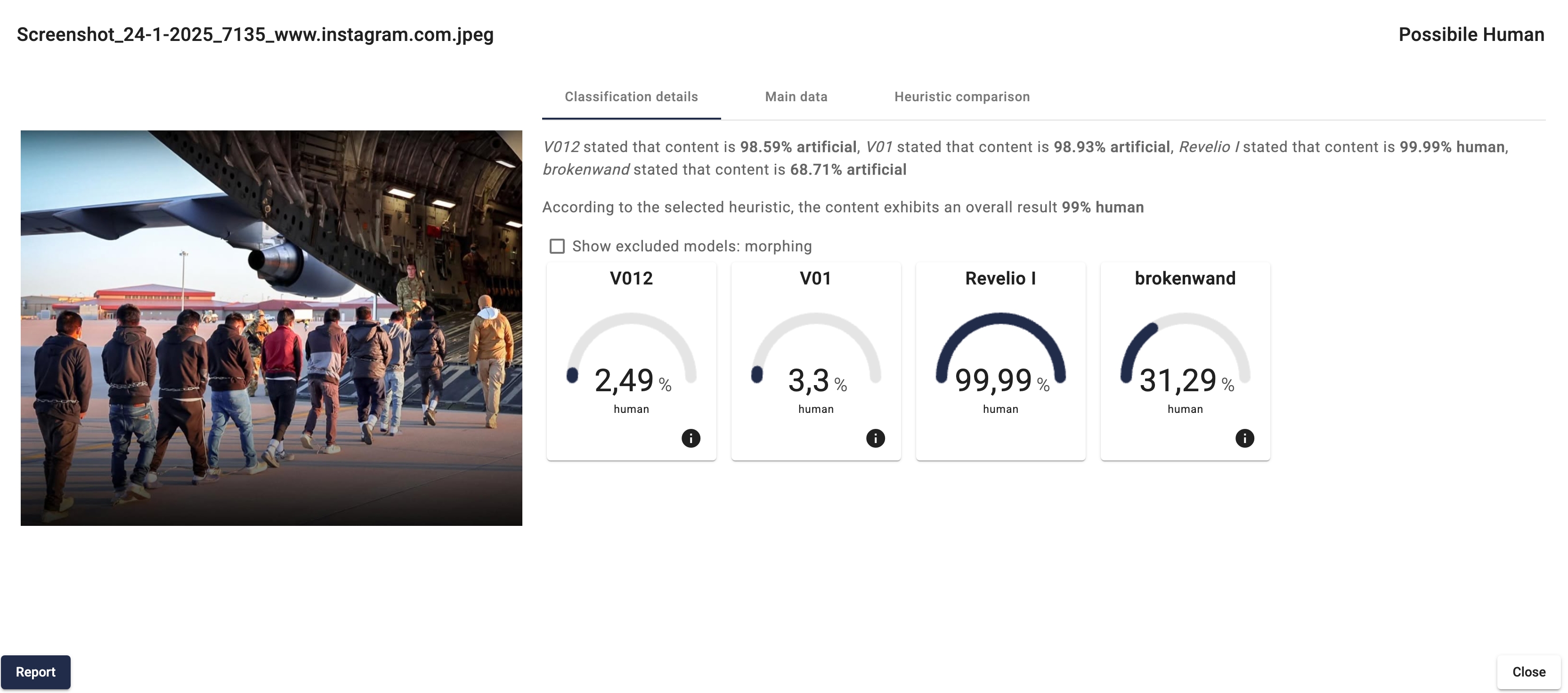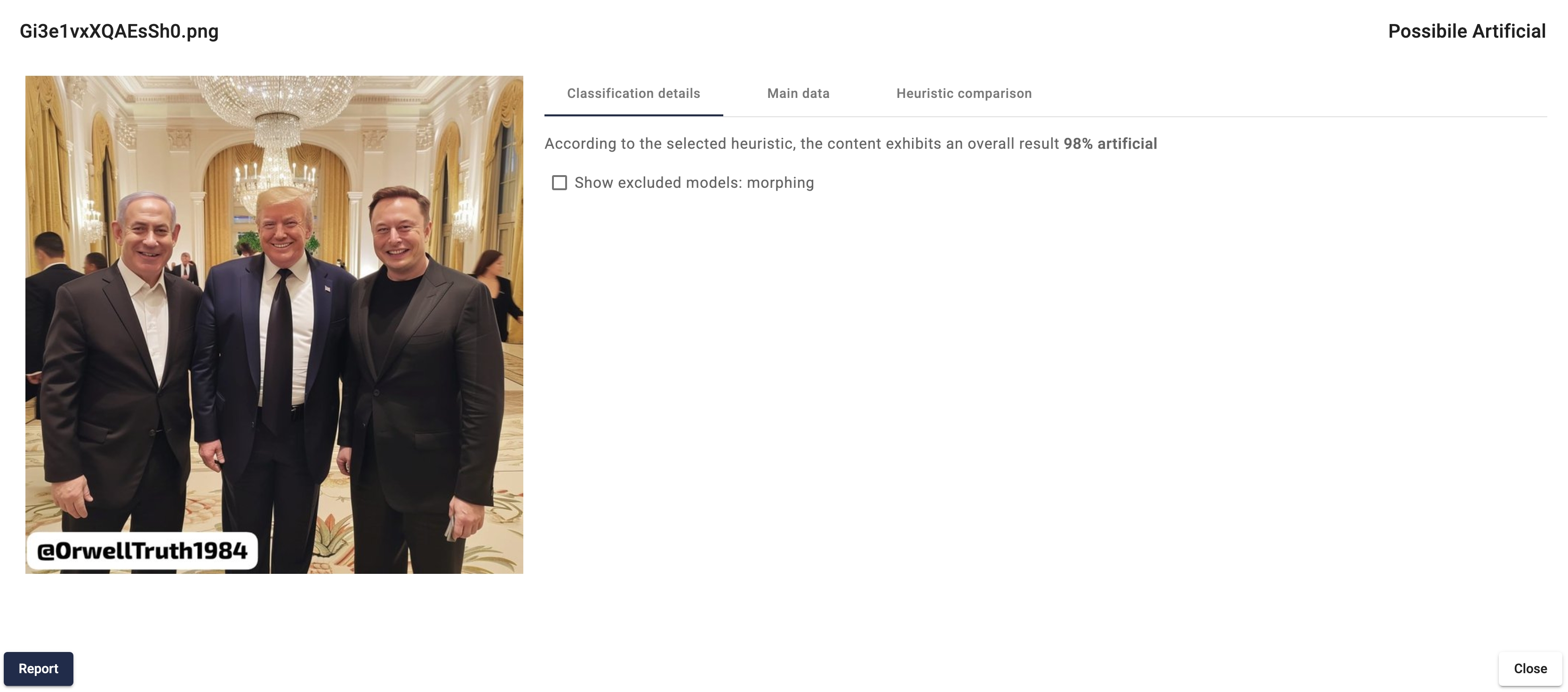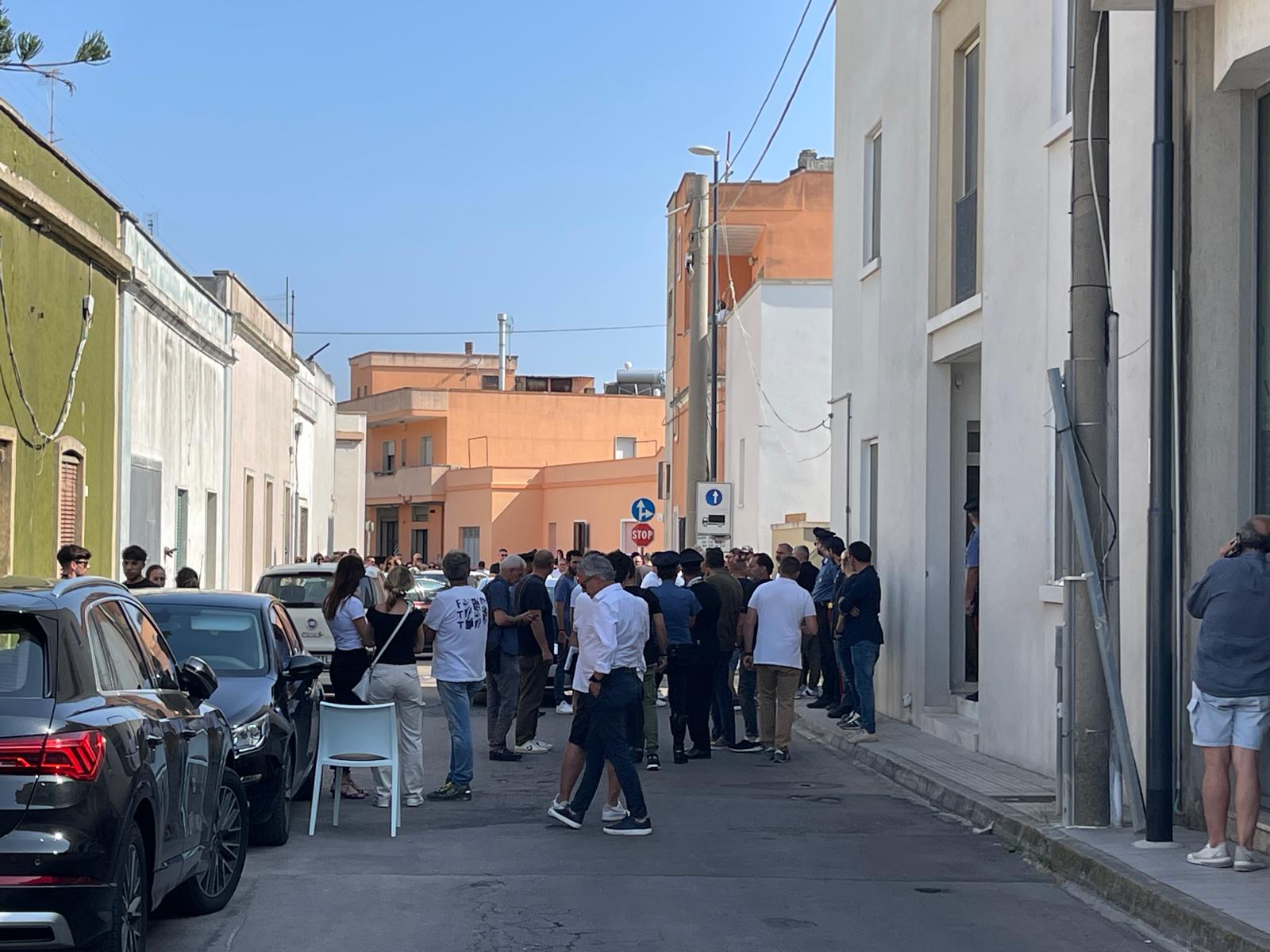The Italian idea to recognize photos and video Deepfakes: « Our de-generative models work in 94% of cases »

We used the identifai platform. Co-Founder Ramilli: « We do not use a » human « approach by looking at the image but purely mathematical, we analyze the pixel matrix ».
« If the AI can deceive the human mind, it can also recognize the content generated, » he says Marco Ramillico-founder of identifai. The startup, created together with CEO Marco Castaldo, has developed a platform based on artificial intelligence to distinguish synthetic content from real ones: in fact a weapon against DeepFake and Disinformation.
Ramilli, expert in Cybersecurity and White-Hat Hacker, explains the functioning of the platform: « We have 36 owner models that we call » de-generative « , capable of analyzing images and videos without interpreting them semantically, but analyzing the probabilistic patterns of the pixels. So let’s not look at the scene, as a human being would make, but the plot of data ». This approach, which does not scrutinize the incorrect details typical of the deepfakes (a classic are the fingers of the hands) but is purely mathematical, it promises to recognize artificiality with precision, even with sophisticated content.
In support of the classification, the heuristic (i.e., simplifying, strategies that guide the resolution of problems and the decision -making process): «Each model emits a judgment. For example, one can indicate 99% of the probability of artificiality, another 50%. Our heuristics select the most reliable model ». Basically, Each model competes with others In reporting the false and other algorithms to establish who did the best job. Identifai also offers integration through API and an on-premise option (i.e. on owners servers and not on the cloud) to protect customers’ privacy.
How effective is this system? The company itself communicates that it has been tested in an international competition and reached 88% of accuracy, a fact that according to further internal experiments has been improved and now reaches 94%. « Our goal is to certify these progress, » underlines Ramilli.
In the editorial office we have been able to test the platform in recent weeks, with images and videos entered the chronicles. The results are, in most cases, very good, although still imperfect. «Attention – clarifies Ramilli -,, We offer a probability. We do not suggest, net of cases that go beyond 97% of possibilities, to automatically filter images or videos. The goal is always that of a human process downstream».
Here are some examples of images passed to the chronicles in recent months, such as the non -existent kiss between Giorgia Meloni and Elon Musk that you find at the opening of articles. Identifai’s results on a real photo (or at least not contested), a video deepfake and a fake photo:


Where can a similar system be used? Not only in the fight against fake news, but also in sectors where it is important to identify fraud. From the bank to the insurer, to get to less discounted areas. « We discovered sectors with surprising cases, such as maintenance invented with manipulated photos, » says Ramilli. With an investment of 2.2 million euros led by United Ventures, Identifai prepares to expand further. Ramilli concludes: « We are working with institutions and media to combat disinformation ». Also the Courier was involved in the initiative Fight for Truthwho puts in the hands of information professionals a tool to defend the principles of truth and transparency.






:format(webp)/s3/static.nrc.nl/images/gn4/stripped/data133769201-f43dbe.jpg)